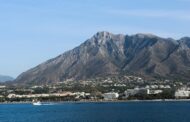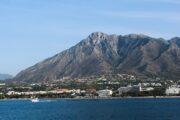The Costa del Sol, stretching along the southern coast of Spain in the province of Málaga, is one of Europe’s most iconic destinations. With more than 300 days of sunshine per year, it lives up to its name as the “Coast of the Sun.” Whether you’re seeking beach relaxation, cultural immersion, vibrant festivals, or mild winter getaways, the Costa del Sol has something to offer all year round. Choosing the best time to visit depends on your personal preferences, travel goals, and tolerance for crowds or temperatures.
Spring: A Time of Bloom and Balance
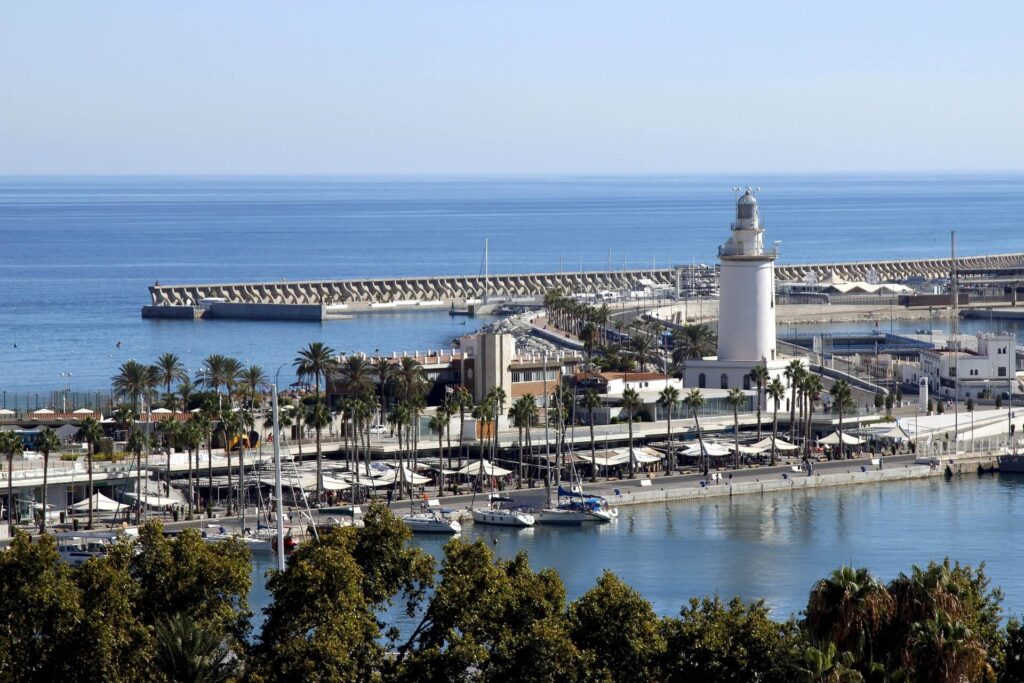
Spring, particularly from March to May, is widely considered one of the best times to visit the Costa del Sol. During these months, the region bursts into color with blooming flowers, green hillsides, and comfortable temperatures averaging between 18°C and 25°C. The sun shines generously, but without the intense heat of summer, making it the ideal season for outdoor activities like hiking, golfing, and exploring whitewashed villages.
This is also the time when cities like Málaga and Marbella are less crowded, allowing for a more relaxed experience at historical sites such as the Alcazaba or Picasso Museum. Easter, or Semana Santa, is a major cultural event in the region, especially in Málaga, where elaborate religious processions fill the streets with music, incense, and pageantry. It’s a powerful experience for those interested in Spain’s rich traditions.
Restaurants, beach bars (chiringuitos), and shops begin to open for the season, but prices for accommodation remain reasonable compared to the peak months. If you’re looking for a mix of warmth, authenticity, and affordability, spring might just be your sweet spot.
Summer: Beach Bliss and Bustling Nightlife
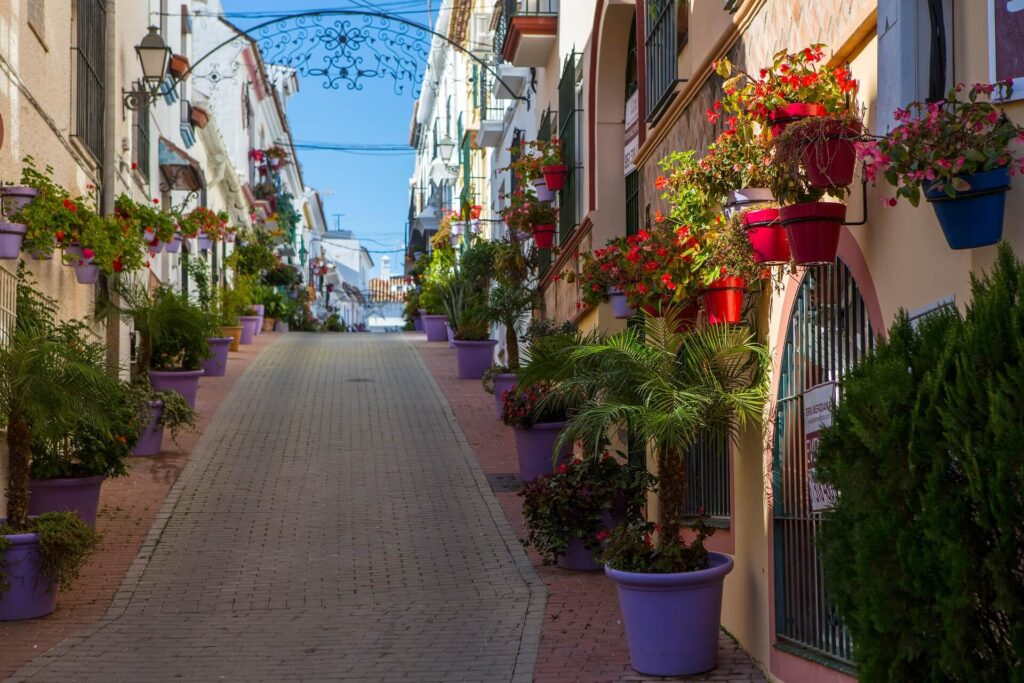
Summer on the Costa del Sol, from June through August, is the high season. This is when international and domestic tourism peaks, and the region’s beach towns are buzzing with energy. With daytime temperatures often soaring above 30°C and warm Mediterranean waters, summer is all about sun, sea, and sand.
Marbella’s beach clubs, such as Nikki Beach and Ocean Club, are in full swing with champagne sprays and celebrity sightings. The nightlife across the coast, from Torremolinos to Puerto Banús, reaches its highest intensity with live DJs, festivals, and rooftop parties. Towns like Estepona and Benalmádena host vibrant ferias, or local fairs, where flamenco, fireworks, and tapas rule the night.
However, summer also brings higher prices and larger crowds. Popular spots like Nerja’s Balcón de Europa or the Caminito del Rey hiking trail require advance bookings. For those seeking tranquility, this might not be the ideal time—unless you retreat to quieter areas like Casares or the mountainous hinterlands of Ronda. If your dream vacation involves long days on the beach, lively evenings, and a cosmopolitan atmosphere, summer will fulfill your expectations.
Autumn: Golden Light and Cultural Richness
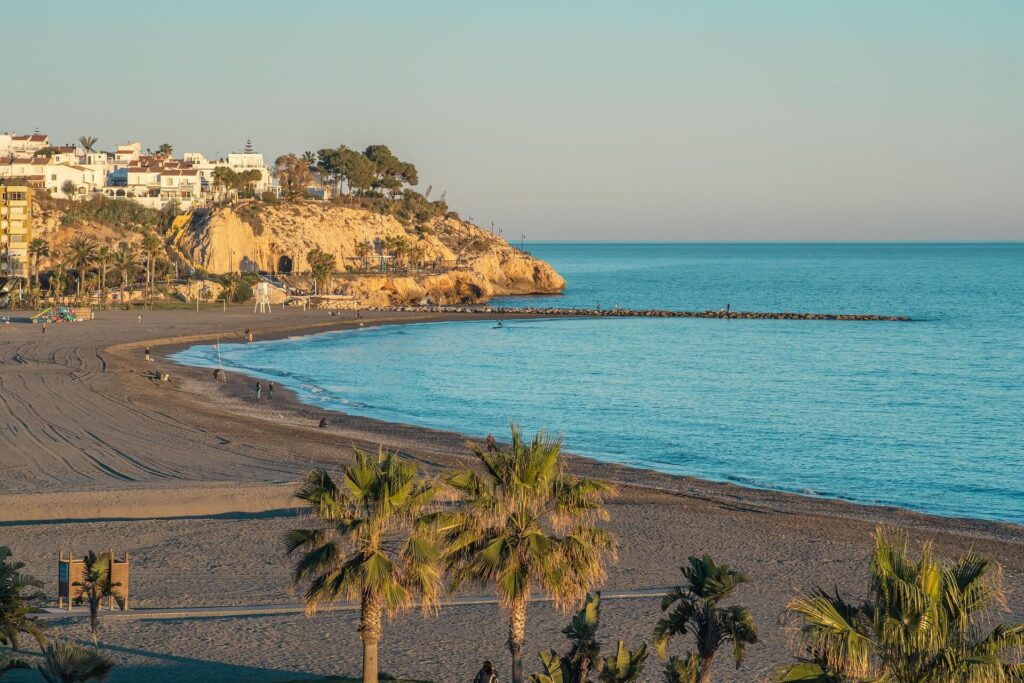
Autumn, from September to early November, is a golden season on the Costa del Sol. The summer crowds begin to fade, the temperatures become milder—ranging from 22°C to 28°C in September and tapering off into the high teens by November—and the sea remains warm enough for swimming well into October.
This transitional season is ideal for those who want the best of both worlds: pleasant beach days without the hustle, and cool evenings perfect for city strolls and mountain getaways. It’s also harvest time in Andalucía, meaning local markets are bursting with figs, grapes, olives, and chestnuts. Wine lovers can take part in local vendimias, or grape harvest festivals, particularly in areas around Manilva and Cómpeta.
Cultural activities flourish in autumn. Málaga’s film and jazz festivals attract an international audience, while the traditional All Saints’ Day on November 1st brings an air of solemnity and reflection to the region. Autumn is also a time when hotel prices drop significantly, offering more luxurious experiences for less.
Winter: Mild Weather and Off-Season Serenity

While much of Europe faces snow and subzero temperatures, the Costa del Sol enjoys one of the mildest winters on the continent. From December to February, temperatures usually stay between 12°C and 20°C during the day, with cooler nights that rarely drop below 8°C. This makes it an excellent destination for those looking to escape the cold without flying halfway around the world.
Winter is the perfect season for wellness tourism, golf, and cultural excursions. The region’s more than 70 golf courses remain green and playable year-round, and resorts offer spa packages and off-season promotions. Málaga, Fuengirola, and Torremolinos continue to host local events, while inland towns like Mijas and Frigiliana exude a peaceful charm without the crowds.
The holiday season also brings warmth of a different kind. Christmas markets, festive lights, and traditional Spanish celebrations like Día de los Reyes (Three Kings’ Day) on January 6th make the Costa del Sol a unique winter holiday destination. If you’re seeking a quiet getaway with a cultural twist, winter delivers comfort without compromise.
Monthly Overview: What to Expect When
Each month on the Costa del Sol offers a different flavor. January is tranquil and cool—ideal for hikers and long-term travelers. February brings the first hints of spring and is known for the Carnival of Cádiz, which influences celebrations along the coast. March and April offer blooming landscapes and the grandeur of Holy Week. May is a month of celebration, including local spring fairs and beach reopenings.
June marks the beginning of summer vibes and longer daylight hours. July and August are the height of summer, packed with events and festivals like the Feria de Málaga. September is warm but calm, while October’s golden hours are beloved by photographers and honeymooners. November slowly transitions into winter, and December brings a surprisingly cozy Christmas season.
What Kind of Traveler Are You?
The best time to visit the Costa del Sol ultimately depends on the type of traveler you are. If you’re a sun-seeker craving beach clubs, water sports, and nightlife, summer is your playground. For cultural explorers and foodies, spring and autumn offer the richest experiences. Winter is a haven for peace-seekers, wellness tourists, and digital nomads looking for a mild yet inspiring work environment.
Families may prefer school holiday periods in spring and summer, though September remains a favorite among parents with small children due to less intense heat and quieter beaches. Adventure lovers—especially hikers and cyclists—will thrive in the shoulder seasons, when inland trails and nature reserves are accessible and visually stunning.
Local Events and Planning Ahead
It’s worth planning your trip around local events and holidays. Apart from Semana Santa and the Feria de Málaga, towns like Marbella, Nerja, and Estepona host unique celebrations that showcase Andalusian pride. The Night of San Juan on June 23rd is another highlight, where bonfires and beach parties bring people together to welcome the summer solstice.
Accommodation during peak times should be booked well in advance, especially if you’re eyeing boutique hotels, coastal villas, or apartments with sea views. Shoulder and off-peak seasons not only offer lower rates but often allow for more flexible planning and spontaneous exploration.
Conclusion: A Year-Round Destination with Many Faces
The Costa del Sol is not just a summer destination—it’s a year-round jewel with different personalities in each season. From the vibrant festivities of summer to the quiet charm of winter, there is no wrong time to visit. Your ideal moment to experience this Mediterranean paradise depends entirely on your travel desires, whether they revolve around basking in the sun, diving into culture, or savoring seasonal gastronomy.
With its blend of beach, mountain, and urban landscapes, the Costa del Sol invites you to explore its seasons like chapters in a story—each one offering a unique adventure waiting to be lived.





